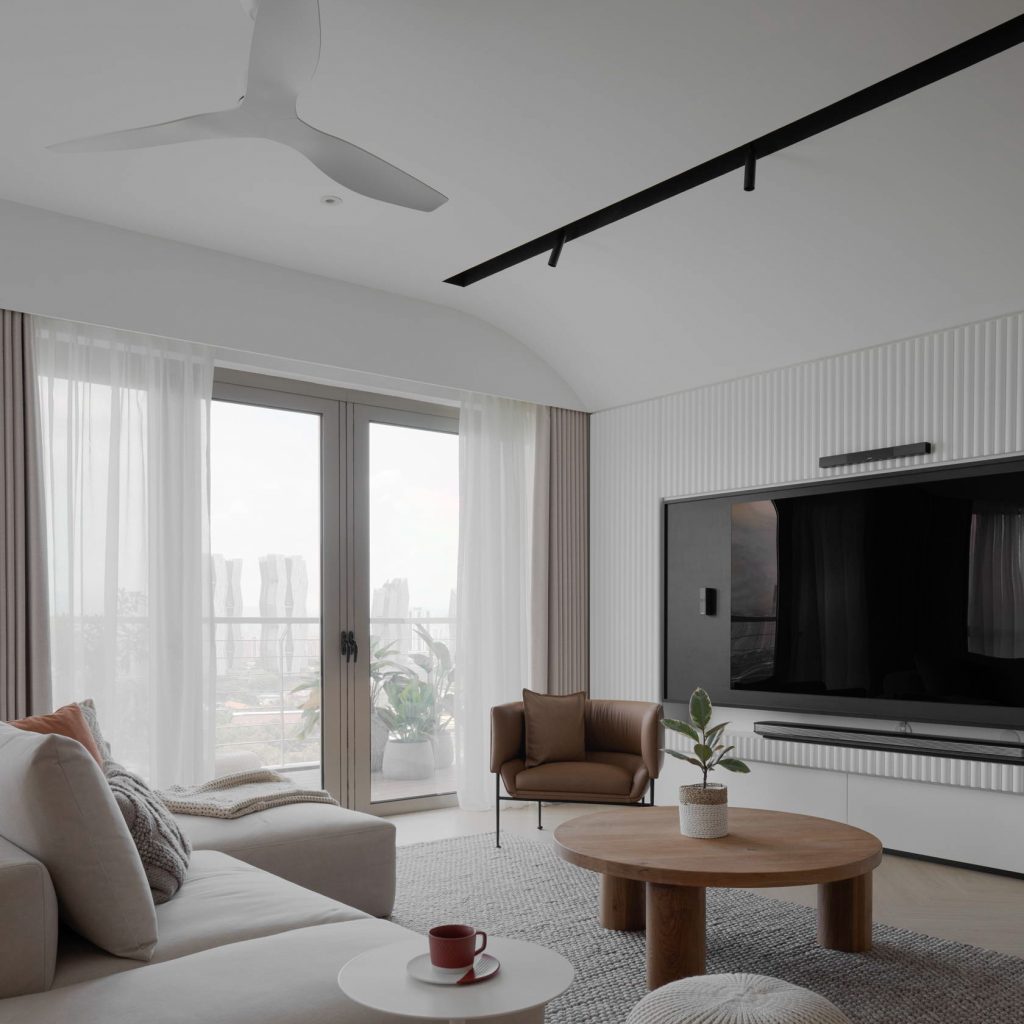
Revolutionizing Modern Lighting Design: The Visionary Artistry of Gino Sarfatti and Arteluce
Introduction
Lighting design plays a crucial part in shaping the ambiance of a space. It has the power to elevate the mood, emphasize the aesthetic appeal of a room, and influence how individuals interact with their surroundings. Gino Sarfatti’s passion for the art of lighting led him to establish Arteluce in 1939. The Italian lighting designer was a visionary who transformed the industry by introducing innovative techniques and compositions. This article delves into the life of Gino Sarfatti, the formation of Arteluce, and Sarfatti’s contribution to modern lighting design.
The Early Life of Gino Sarfatti
Gino Sarfatti was born in Venice, Italy, on September 15, 1912. His father, Riccardo Sarfatti, worked as an engineer while his mother, Giorgina Torresin, was an artist. Sarfatti’s parents instilled in him a love for beauty and creativity. After attending the Liceo Artistico in Venice, Sarfatti pursued a degree in aeronaval engineering at the University of Genoa. He earned his degree in 1935 and worked briefly with the Italian Navy. However, Sarfatti soon realized that his true passion lay in lighting design, and he left his engineering job to follow his dreams.
Formation of Arteluce
In 1939, Sarfatti founded Arteluce – a company that would go on to change the face of modern lighting design. Arteluce was born out of Sarfatti’s desire to create lighting fixtures that were both functional and aesthetically pleasing. The company’s name was a combination of the words “arte” (meaning art) and “luce” (meaning light). This name perfectly encapsulated the vision behind Arteluce – to create pieces that were works of art in their own right.
Sarfatti’s Innovative Techniques
One of Sarfatti’s most significant contributions to modern lighting design was his use of innovative techniques. He experimented with different materials and forms to create fixtures that were both functional and visually stunning. Sarfatti was one of the first designers to use the technique of “cocooning” – a process where he wrapped a steel frame with a resin-soaked fabric to create a luminous cocoon-like effect. This technique was used to create some of his most iconic pieces, such as the Model 2097/30 chandelier.
Sarfatti was also known for his use of the “punctured metal sheet” technique. This process involved creating a pattern of holes in a metal sheet to create an intricate and beautiful lighting effect. The Model 1063 table lamp is an excellent example of this technique.
Sarfatti’s Compositions
Sarfatti’s compositions were nothing short of masterpieces. He had an innate sense of how to balance form, function, and aesthetics to create lighting pieces that were both practical and beautiful. Sarfatti believed that light should not just be functional but should also be used to enhance the ambiance of a space. He would use different shapes, colors, and materials to create fixtures that could transform any room into a work of art. Some of Sarfatti’s most iconic compositions include the Model 2097/30 chandelier, the Model 1063 table lamp, and the Model 600 pendant lamp.
Legacy of Gino Sarfatti and Arteluce
Gino Sarfatti and Arteluce changed the face of modern lighting design. Sarfatti’s innovative techniques and compositions set the benchmark for generations of designers to come. The company’s ability to balance function and aesthetics was a hallmark of its success. Sarfatti’s beautiful creations continue to be sought-after by design enthusiasts and collectors worldwide. Arteluce was acquired by Flos in 1973, and Sarfatti’s legacy lives on through the brand.



